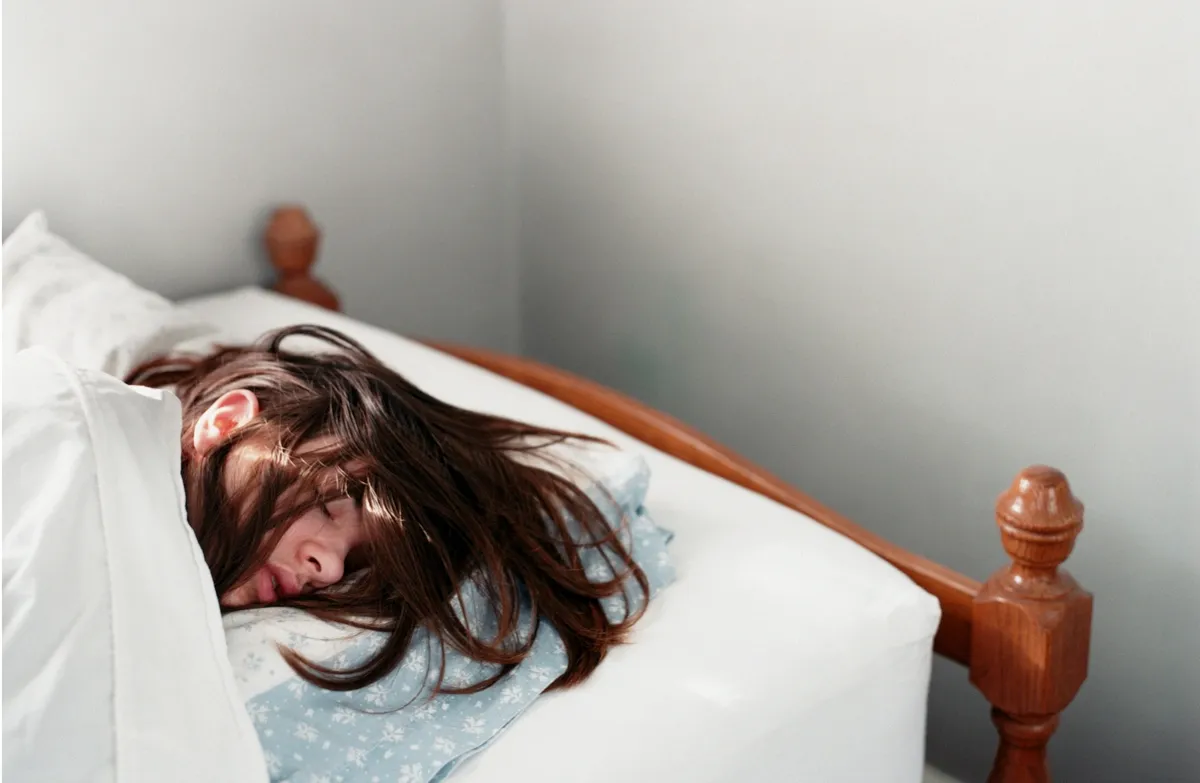Sleep thrives on a pattern, and, clearly, the pandemic hasn’t been kind to pre-pandemic patterns. COVID-19 has imposed its own schedules, and workplaces, schools and bedtimes have struggled to keep pace. A recent study offers insight into how those changes affected us – sometimes for the better.
The pandemic created an impromptu social experiment of sleep habits. Many people experienced a new flexibility in schedules, due to situations like lockdowns, work-from-home arrangements, furlough and redundancies. So what happens when people can alter their sleep habits to more closely align with their circadian rhythms?
I was part of an international study that explored this very question. Nearly 15,000 adults from 14 countries participated. Almost half of these respondents reported that their pandemic schedules more closely aligned with their natural sleep-wake cycles than their pre-pandemic schedules did.
Read more about sleep:
- Early risers and night owls: a neuroscientist explains who is happiest
- Why night owls shouldn't have to start work at 9am
- The new science of sleep: everything we know about how it affects your health and your brain
Social jet lag (SJL) is the gap between social schedules and natural sleep-wake cycles. People with high SJL – who have big variations in their schedules – are more susceptible to insomnia, depression, anxiety and lower wellbeing than those with consistent schedules.
For example, night owls (people who prefer to sleep later in the morning and go to bed later) who must wake early on weekdays but can sleep in on weekends have significant SJL. Early birds (those who get up early in the morning and go to bed earlier) who rise early during both weekdays and weekends have little or no SJL.
In our study, which was published in the journal Nature And Science Of Sleep in October 2021, 46 per cent of respondents reduced their SJL during the pandemic. Almost all accomplished this by shifting their schedules later – waking later, eating dinner later, going to bed later. Only 20 per cent of respondents increased their SJL, and the rest reported no change.

The research showed that nearly half of the population follows a schedule that betrays their natural, later chronotype. What’s surprising, however, is that the people who reduced their SJL experienced more insomnia and stress during the pandemic than those who maintained a consistent SJL. This is probably because spending too long in bed reduces sleep efficiency, making it harder to sleep throughout the night.
More research is needed to learn if the changes that spurred these new schedules – perhaps ones that affected job status, family relationships, finances and health – overrode the potential positive effects of decreased SJL. What public health benefits may exist if this group could reduce their SJL, apart from the stressors created during COVID-19?
While work-from-home arrangements have sparked debates about where we should work, far fewer have focused on when we should work. This research shows that the ‘when’ conversation might hold as much bearing on health and happiness than the ‘where’. Aligning schedules with our personal biology is crucial. This isn’t simply about bedtimes and alarm clocks; it’s about physical and mental health.
Our study shows that forcing people to align to a single schedule only works for about half of us. What we need to study next is how more flexible schedules and new patterns may help the other half. These new findings would likely have significant implications for our sleep, as well as our mental and physical health.
Read more about COVID-19:
